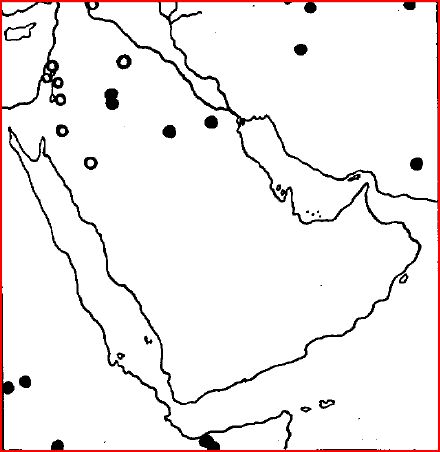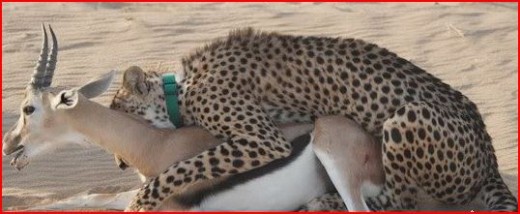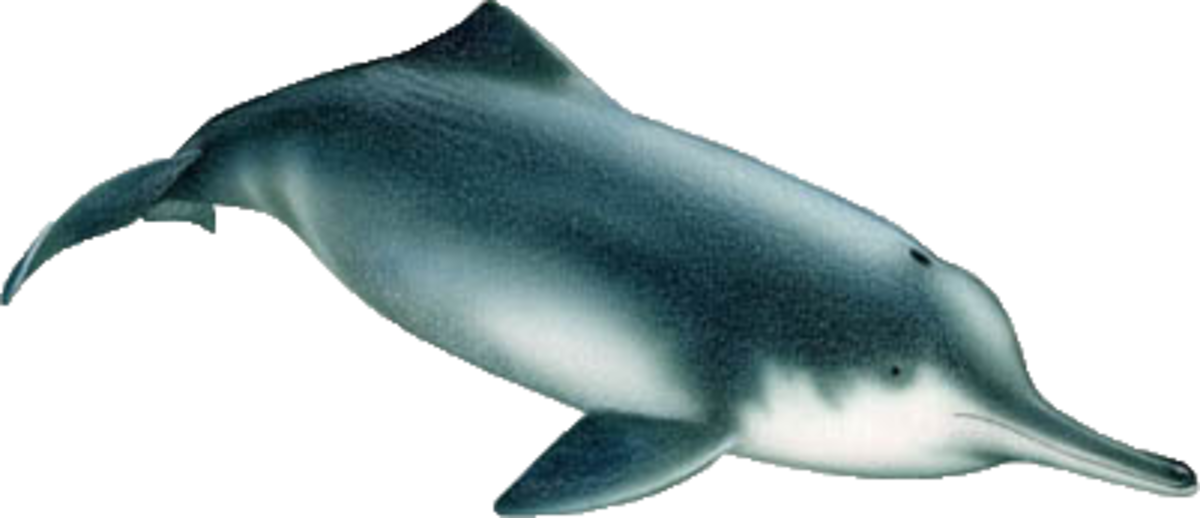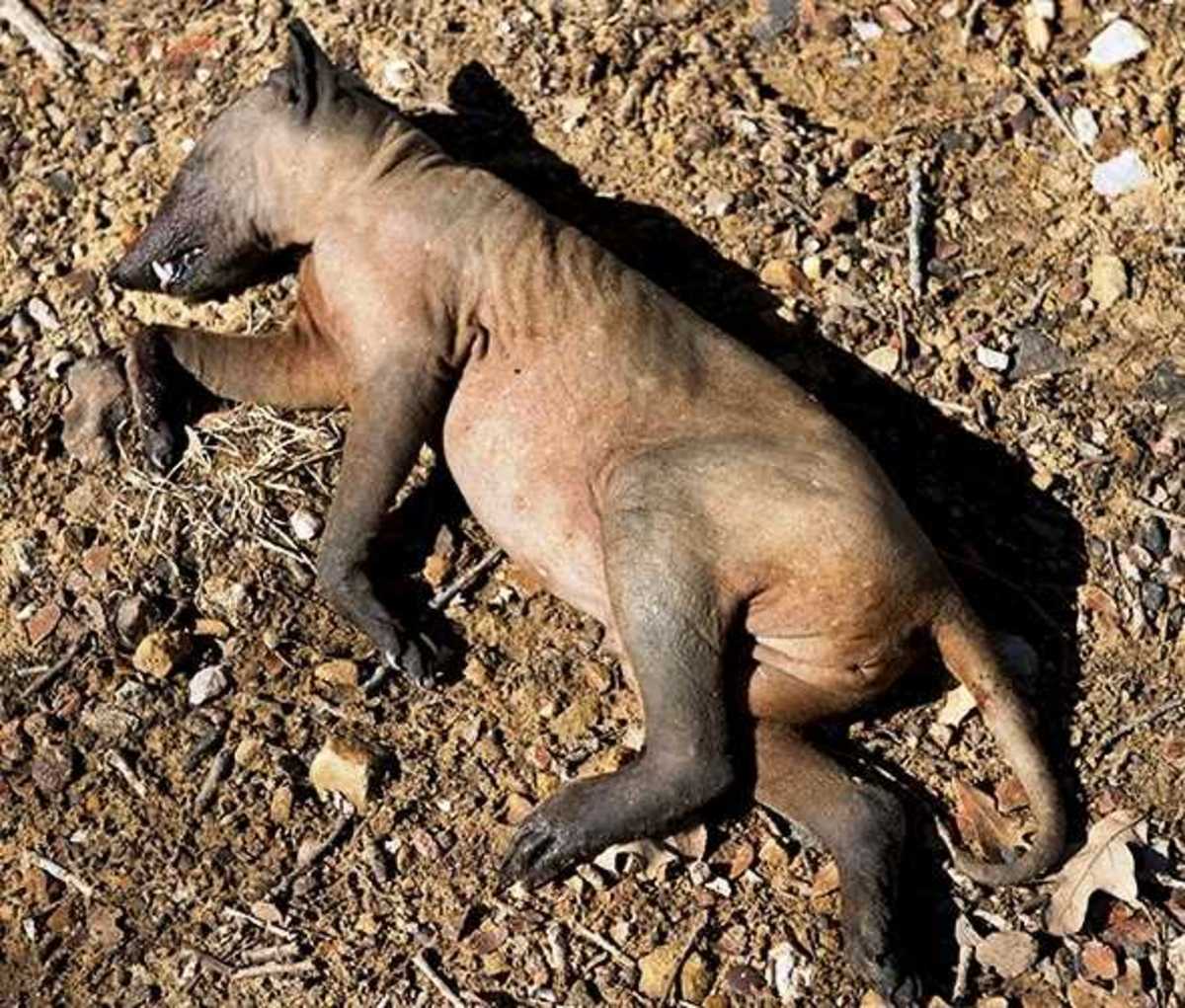- HubPages»
- Education and Science»
- Life Sciences»
- Endangered Species
Cheetah in the United Arab Emirates
The Myth of Cheetah in the United Arab Emirates
They say that if you repeat a lie often enough that people will believe that it is the truth. This appears to be the case with Cheetah in the United Arab Emirates. Time and again one will see it stated in news stories that the Cheetah Acinonyx jubatus venaticus once formerly occurred in the wild in the UAE..... when it never has!
The fact that it ever really occurred in South Arabia at all is very much a speculative assumption.
There are several reasons for the appearance of this myth. The first is that many newspapers along with numerous website builders will put together their stories without checking the facts. Then they copy each other and so the same unsubstantiated rubbish is repeated time and again till it becomes to many an established truth. It doesn't help if then the lie is picked up on by more serious organisations and journals and so further credibility is given.
Cheetah Distribution Map For Arabia

Newspaper Stories
The following are extracts from a number of randomly selected newspapers. The original press release has not been located. These stories have been repeated in various newspapers around the world more than a hundred times. Every one of these is incorrect.
Rewilding of Cheetahs a big success in Sir Bani yas Island
Safira made headlines in April 2010 when she gave birth to four cubs as they were the first cheetah cubs to be born in the wild in the UAE in 38 years. Safira raised the four cubs as wild cheetahs with no help from humans.
Gulf News – January 2011
Cheetah Cubs Born on Sir Bani Yas Island
As the cheetah is classified by the IUCN (International Union for Conservation of Nature) as extinct in the UAE, and vulnerable worldwide
Al Bawaba News – April 2010
Survival instinct kicks in for Sir Bani Yas cheetahs
"The cheetah was endemic to the UAE," Prinsloo says. "They went extinct in the Middle East in 1972. We're hoping that through a collective breeding programme, we can rewild these in the UAE
The National – February 2010
Birth of four cubs signals return of cheetah to UAE
Wild cheetahs have made a comeback to the UAE, with four cubs born on Sir Bani Yas Island, thanks to a successful breeding and conservation programme.
Declared extinct in the UAE in 1972, cheetahs have been classified globally as species vulnerable to extinction by the IUCN (International Union for Conservation of Nature), who monitors the status of nature and wildlife worldwide.
Gulf News – April 2010
Ancient Egyptian Cheetah

First Cheetah Record For Arabia
The first record of a Cheetah in Arabia dates from 1950 and this being from the photograph of a skin of an animal shot in Northern Saudi Arabia (1). There were mentions of tracks and sightings prior to that date. Back in 1950, like today people often mistook Cheetah for Leopard or Tiger. These mix up of names are very common and even quite reputable newspapers will make the mistake.
There are just two records for Cheetah in the Southern part of Arabia. One is from Oman and the other from Yemen. The Yemen animal was a ‘sighting’ of an animal in Wadi Mitan, South Yemen in 1963. The Oman record is from an animal killed by tribesmen in 1977 in the Jibjat area of Dhofar (2).
Cheetah and Stag

There is a very remote possibility that some Cheetah did occur here once over but as ‘one off’s’ these are far more likely to be escapees or hunting animals gone ‘feral’. There is not a single record, anywhere, ever, of any animals occurring in the United Arab Emirates.
People Hunting with Cheetahs, India 1939
The single record for an animal in Oman is most likely to have been escaped animal or a hunting or pet Cheetah which had escaped. Oman has always had trade with the coast of Africa and beyond. As recently as 2010 a Cheetah swam ashore from a Dhow in Sharjah in the UAE.
The Oman ‘myth’ is propagated by websites relating to the area which state things like “Indigenous mammals include the cheetah, hyena, fox, wolf, and hare” and “Animal life is also rich in Oman. Cattles, camels, cheetah, fox, wolf, hyena, hare etc are found in the forests of Oman.” So why do they not mention leopard?….which is definitely known to occur. Simply because the authors have not done their homework and think that Cheetah and Leopard are the same animal. Website authors go on to repeat the mistakes of the others without checking. Even more academic sites will state that the Asiatic Cheetah Acinonyx jubatus venaticus originally occurred in Oman. Based on a single record!
Even the IUCN Red List on the web states that the Cheetah is regionally extinct in the United Arab Emirates and Oman. It states this without showing that the species ever actually occurred in the United Arab Emirates and based on the single Oman record. In the comprehensive 1998 'Current Status of the Cheetah' mention is made of the single Oman specimen but the United Arab Emirates does not get a mention as an area of former distribution (3).

I believe that the single Oman Cheetah record is as a result of an escaped animal and if the Yemen sighting is to be given credibility then a similar explanation is likely. These were probably hunting Cheetahs.
Hunting with Cheetah was formerly popular in India and was even recorded in ancient times by visiting Greeks and Romans. Akbar the Great, ruler of the Mughal Empire from 1556 to 1605, kept as many as 1000 Cheetahs. This continued up to the time of British rule.
The Ancient Egyptians also used the Cheetah for hunting. Cheetah have always been difficult to breed in captivity and so all hunting animals were wild caught and then trained. Any escapee then would have a very good chance of survival in the wild.
There are large numbers of Cheetah being presently brought into the Gulf countries. Mostly smuggled in they are of conservation concern. Some are wild caught whilst others are purchased from Cheetah Breeding Farms.
Whilst some of these end up as household pets, a percentage of them are being imported for hunting. Something which does not get too many mentions in the press.
Perhaps if one of these hunting animals were to escape today someone would 'sight' it and claim that the Cheetah had been rediscovered in the United Arab Emirates...and people would believe it.
Modern Hunting with Cheetah in Arabia




References cited
(1) Morrison-Scott, T. C. S. (1951). Cheetah in Arabia. Proc. Zool. Soc. Lond 121.
(2) Iyad A Nader. (?). Rare and Endangered Mammals of Saudi Arabia.
(3) Laurie Marker. (1998). Current Status Of The Cheetah. Proceedings of a Symposium on Cheetahs as Game Ranch Animals.
Interested in Animals and Zoos?
Check out THE ZOO HUBS









